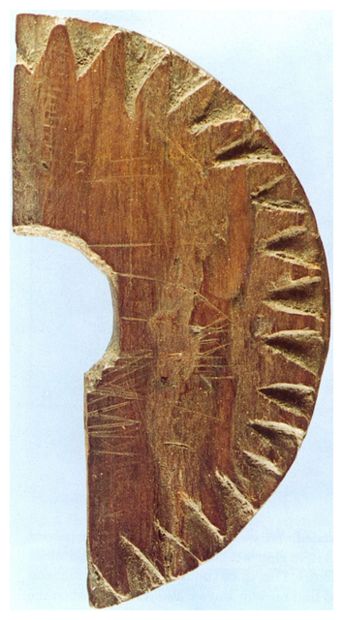
© Copyright Proceedings of the Royal Society A; Balazs Bernath; Alexandra Farkas; Denes Szaz; Miklos Blaho; Adam Egri; Andras Barta; Susanne Akesson; and Gabor HorvathThe Uunartoq disc was discovered in an 11th century convent in Greenland in 1948. It is thought to have been used as a compass by the Vikings as they traversed the North Atlantic Ocean from Norway to Greenland.
Often regarded as ruthless robbers, the Vikings were also impressive mariners capable of traversing the North Atlantic along a nearly straight line.
Now, new interpretations of a medieval compass suggest the sea robbers may have skillfully used the sun to operate the compass even when the sun had set below the horizon.
The remains of the supposed compass - known as the
Uunartoq disc - were found in Greenland in 1948 in an 11th-century convent. Though some researchers originally argued it was simply a decorative object, other researchers have suggested the disc was an important navigational tool that the
Vikings would have used in their roughly 1,600-mile-long (2,500 kilometers) trek from Norway to Greenland.
Though only half of the wooden disc remains, it is estimated to have been roughly 2.8 inches (7 centimeters) in diameter with a now-lost central pin that would have cast a shadow from the sun indicative of a cardinal direction.
Researchers based at Eötvös Loránd University in Hungary have studied the fragment in detail.
They concluded that although the disc could have functioned as a single entity, it was more likely used in conjunction with other tools - including a
pair of crystals and a flat, wooden slab - to help navigate when the sun was low in the sky or even below the horizon.
"When the sun is low above the horizon, even the shadow of a small item can fall off the board, and such situations are frequent in the northern seas," said study co-author Balázs Bernáth.
Bernáth and colleagues think that, to help solve this long-shadow problem, the Vikings may have used a low-lying, domed object in the middle of the compass to create a wider, shorter shadow than a more
typical sundial spike would. A wide hole within the center of the disk - previously interpreted as a place to grip the compass - could have served as a holding spot for this so-called central gnomon, the team suggests.
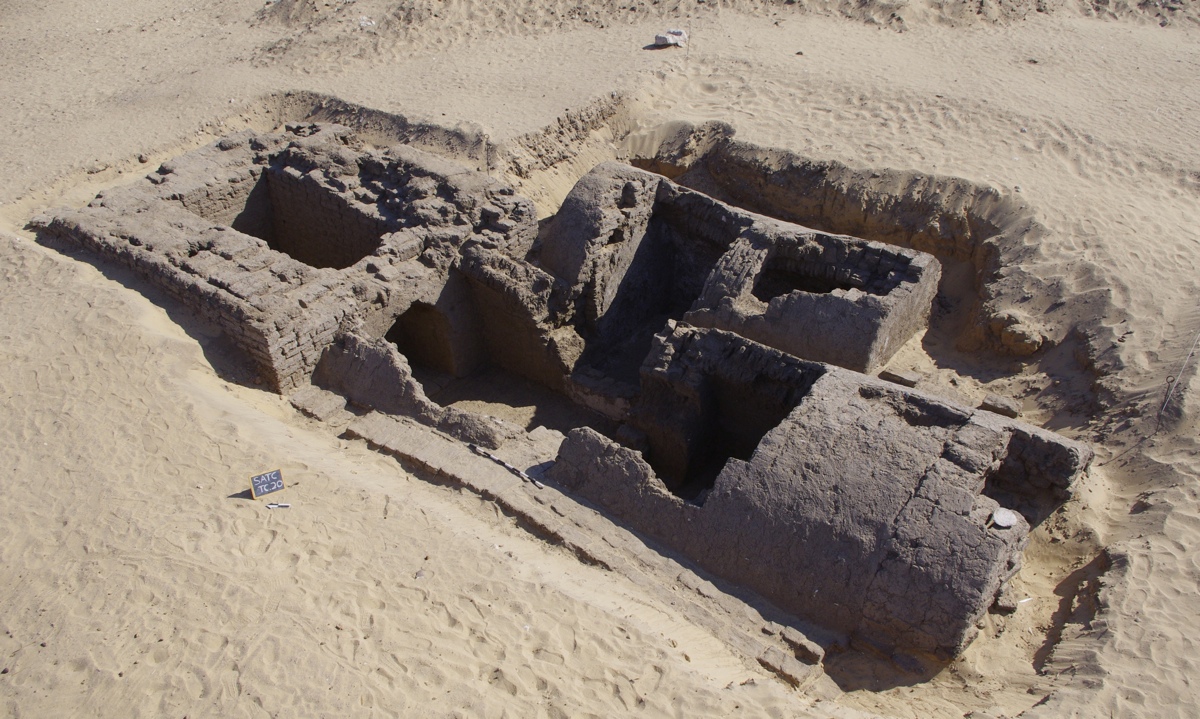
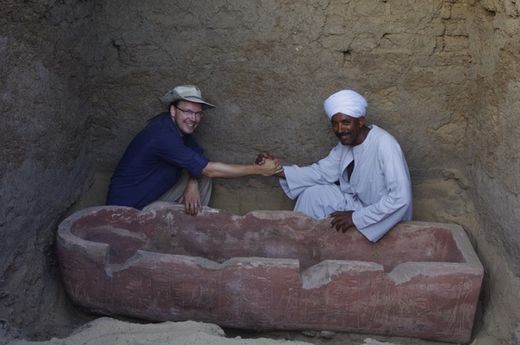
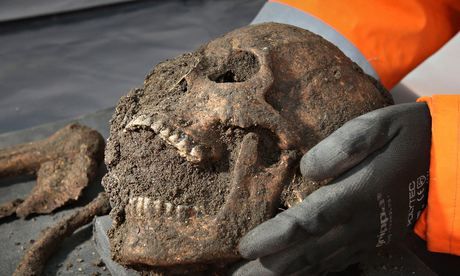

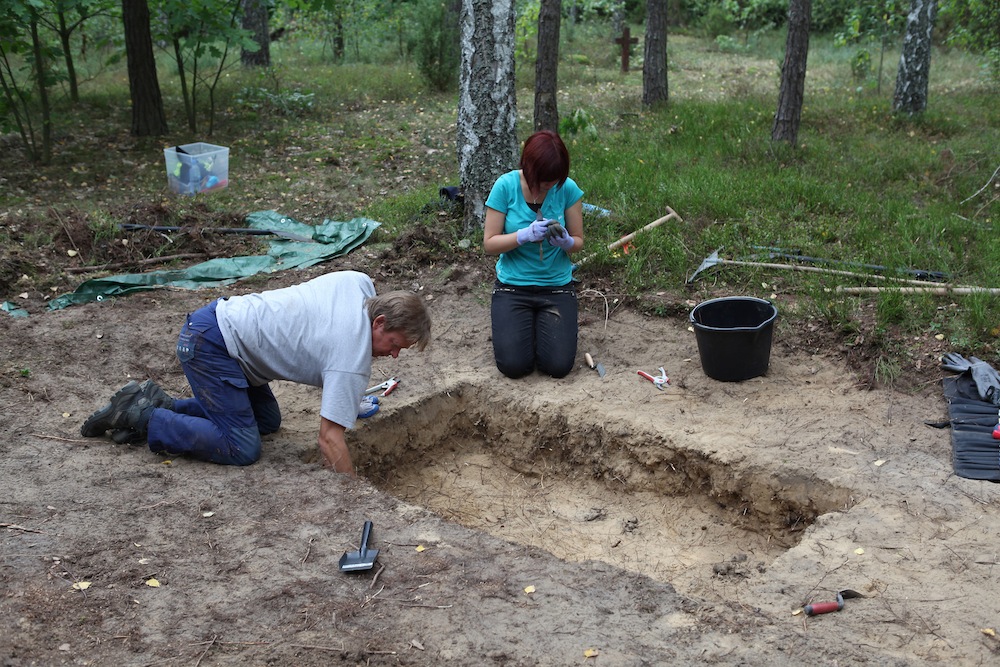


Comment: What is not being considered is that outbreaks were recorded almost simultaneously in many parts of Europe. "Air-borne" spread of the plague may have come from cosmic events.
The comet of the black death: Comet Negra, 1347
New Light on the Black Death: The Cosmic Connection